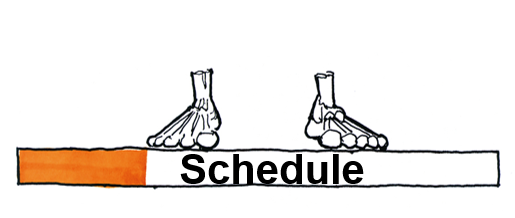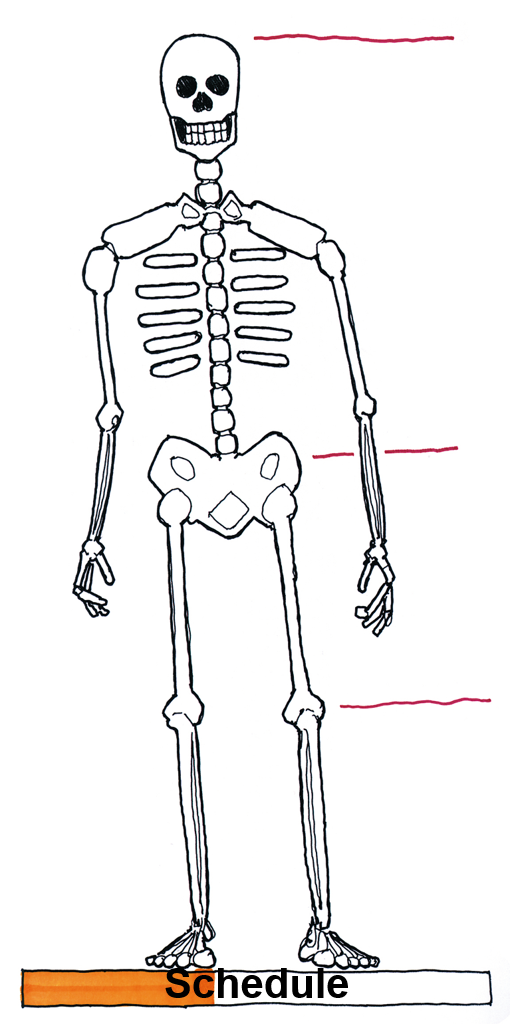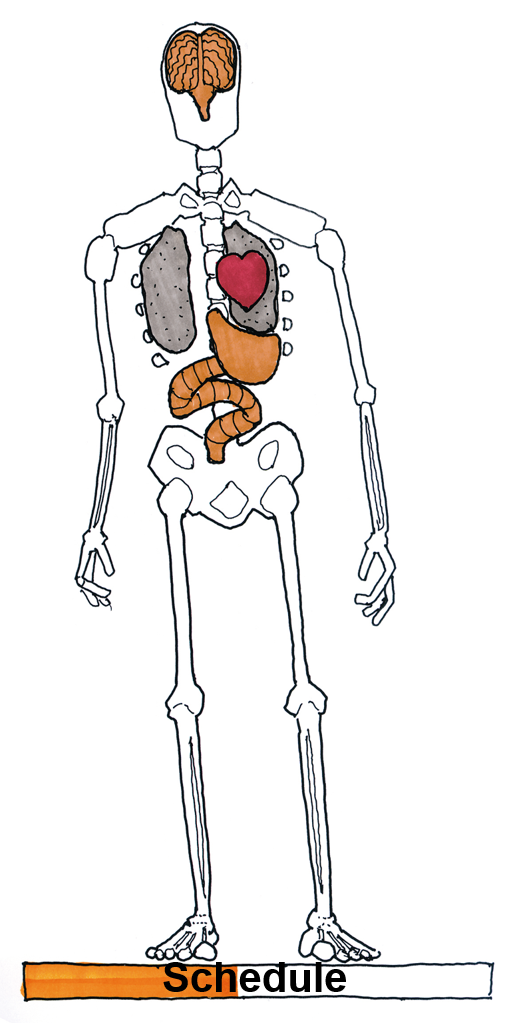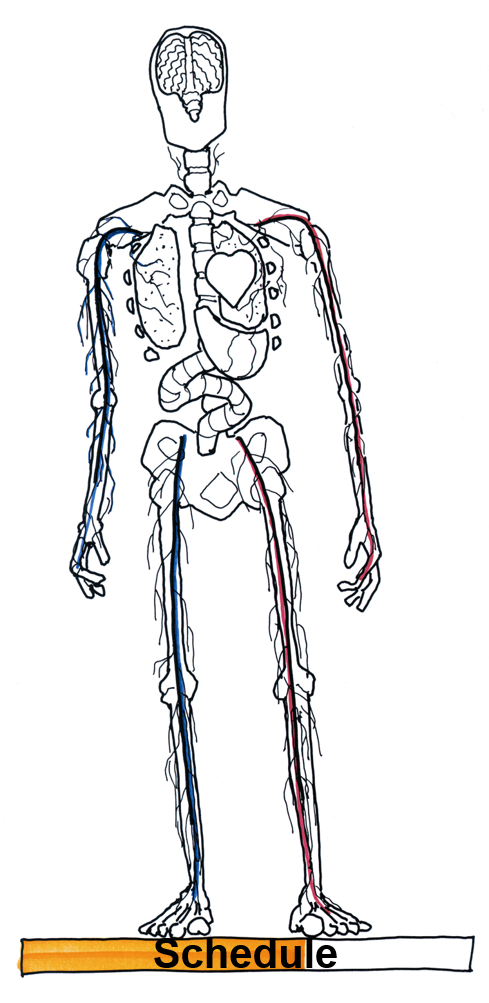Building Imagination
This is “The Coveted Glove”, the symbol of a fun imagination contest in our annual leadership course. I include it here in ISV because its purpose is to stimulate the creative thinking of our participants. The contest rule is simple: “Imagine how our lives would be improved if our hands each had 5 fingers and 2 opposable thumbs”. It is one of a number of games and challenges I have been borrowing for over 25 years from A Whack on the Side of the Head, by Roger von Oech, an American author and toy-maker.
Those who choose to participate gain nothing but the exercise of a most precious mental muscle: the power to see a better world, but I have to say, when we announce the winner at our final banquet, the vision is always a gift to everyone.
Over the years, the ideas have fallen into 3 general categories: physical, societal and spiritual (i.e., good for the soul). Here’s a sampling of ideas about how much better our lives would be with these beautiful hands:
Physical:
way better air guitars
more possibility in sign language
ability to open 2 beers at the same time
sublime massage therapy and back scratches
finally accomplishing that pull-up!
fork AND spoon could be held in one hand
faster cupping and baling in a sinking boat
fewer dropped balls by outfielders, due to massive gloves
Societal:
superior ability to count
more complex numbering system (based on 14), leading to greater mathematical competence all round
giving people 4 thumbs up
typing 40% faster increases our WPM, so more information is communicated = less time @ work = more time with family and friends
Playstations will have 4 joysticks!
Spiritual:
greater ability to grasp the inner strengths of others
giving someone a hand will be on an entirely different scale
ability to hold the hand of a family/team member AND point them in the right direction, all with one hand
when we count our friends on one hand, we would have 2 more close friends
our musical instruments would be more complex and more beautiful music for our souls
Interested in sending one/some in? I can add to this list …





















